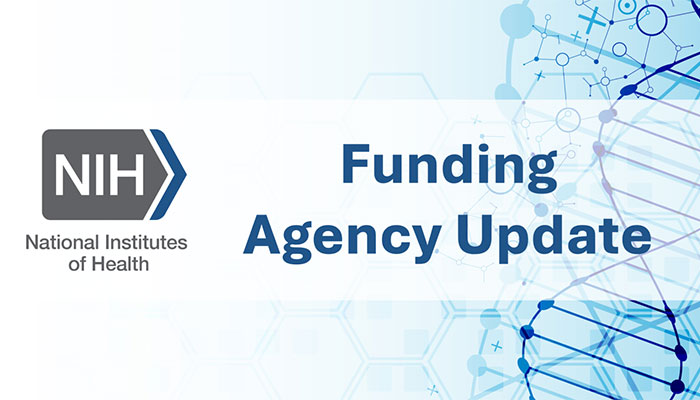UC Davis Research Marks an Important Step Towards Efficient Farming for California Almond Orchards
Nitrogen is vital for plant growth. Farmers need to use the right amount of nitrogen to help crops grow strong and healthy. However, too much nitrogen can be harmful — it can lower crop yields, pollute water supplies, and damage the environment. This challenge is especially true for California’s almond orchards.
In a new study, UC Davis researchers explored different ways to measure nitrogen levels in almond trees using remote sensing — techniques that capture data from a distance, often using cameras on airplanes or drones.
Modern agricultural operations rely on extensive nitrogen application to increase almond productivity — the most nitrogen hungry nut crop— that can harm the environment as much of the nitrogen leaches into the groundwater thereby making tap water unsafe to drink.
Past attempts to detect nitrogen levels in almond orchards using remote sensing only provided data at the plot level (Wang et al. 2022). For farmers to adopt targeted fertilizer applications and reduce nitrogen use, they need accurate measurements at the tree level and mapped spatial variability across their fields.
Research Impact
The research marks an important step toward using advanced techniques to solve everyday problems in agriculture, such as using vegetation indices, machine learning models, and physics-based radiative transfer models. With new ways to monitor and manage nitrogen levels, scientists are helping to create a more sustainable future for farming in California and beyond. With a more precise nitrogen variability map, farmers could adapt their fertilization strategy to reduce excess nitrogen application.
This means less nitrogen contamination of groundwater and surface water, reducing pollution and helping to protect local water quality. Solving this problem will not only benefit farmers, but will also have an impact on human health, and our food while saving farmers dollars in annual fertilizer costs leading to more sustainable and cost-effective farming practices.
The research is potentially transformative as almonds are a major agricultural product in California. More efficient nitrogen use means healthier trees and potentially higher quality almond yields, which is good news for both consumers and the agricultural economy.
Funding for the research came from AI Institute for Next Generation Food Systems with the support of USDA-NIFA award. Read the full Precision Agriculture paper here.
About AIFS
The AI Institute for Next Generation Food Systems, or AIFS, aims to meet growing demands in our food supply by increasing efficiencies using AI and bioinformatics spanning the entire system — from growing crops through consumption. The Institute is a leading source of research, development and commercialization of novel AI-based solutions in food and agriculture through a three-pronged strategy of multidisciplinary science, industry engagement and workforce development. Funding for the institute is provided by the U.S. Department of Agriculture’s National Institute of Food and Agriculture as part of a larger initiative led by the U.S. National Science Foundation to establish new artificial intelligence institutes to accelerate research, expand America’s workforce and transform society in the decades to come.







